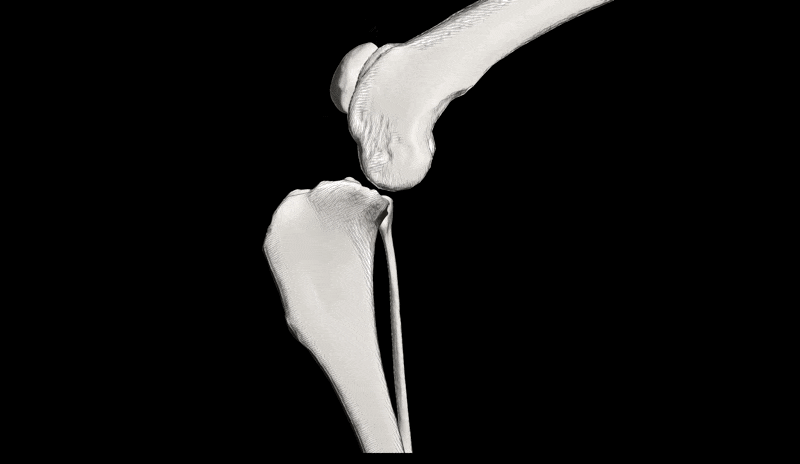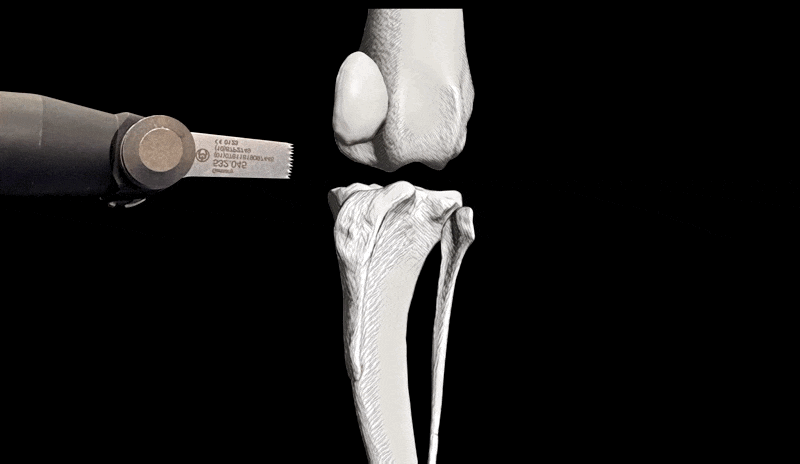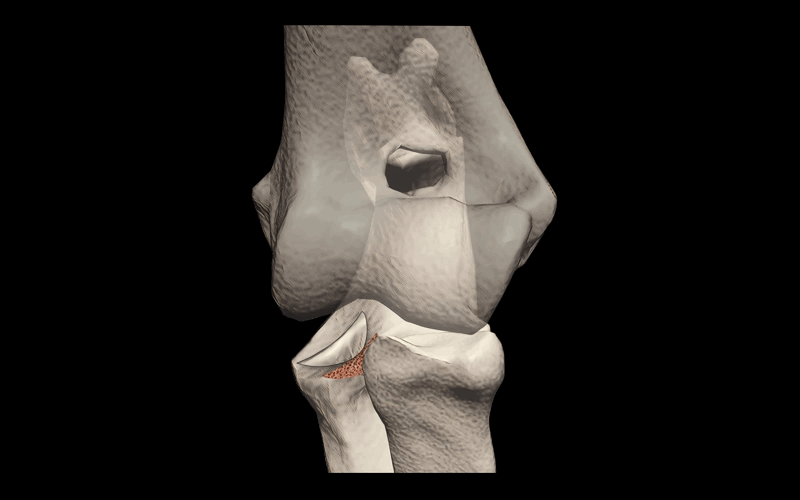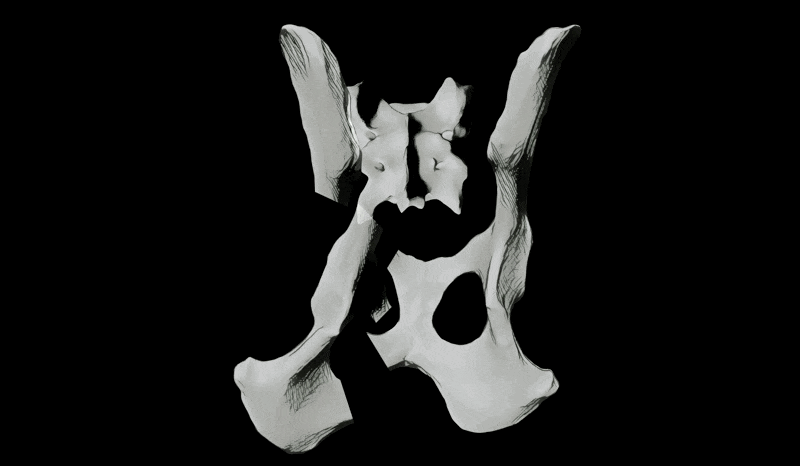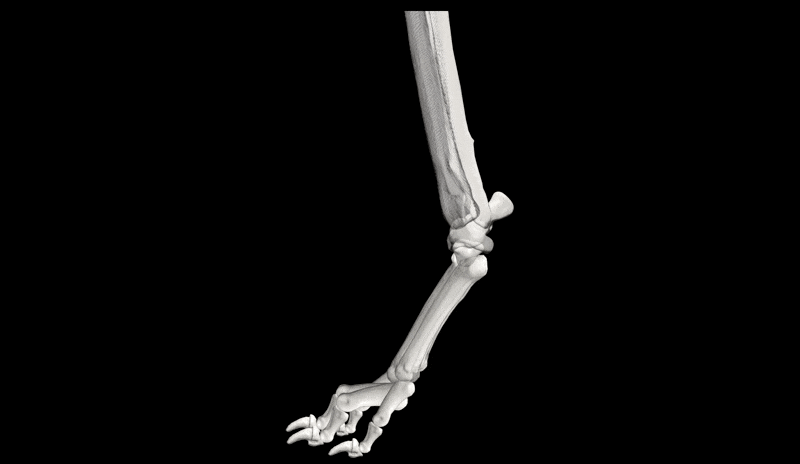
SIMPLE SOLUTIONS
When I treat a painful patient, the first question I ask myself is always the same: What's the likelihood I can make them better without an operation? If I can achieve an excellent outcome without surgery, I won’t operate. If surgery is necessary, I’ll work with carers to select the best option on an individual basis. The best choice depends on each unique patient and their unique carers. Here's a list of the common operations I perform.
INFORMED CONSENT
Every healthcare choice has positives and negatives. Operations often produce profound benefits. The trade-offs are surgical risk, challenging aftercare, and financial cost. Heightened concerns about professional liability have changed the relationship between veterinary surgeons and pet owners. Fear of litigation triggers a perception that all carers want complex and exhaustive descriptions. This isn’t true - Many owners prefer simple descriptions of the option which best suits their unique circumstances. Sharing your decision making preferences allows your surgeon to respect them. Tap here to learn more about informed consent.
DECISION MAKING PREFERENCES
-
PATERNALISM
Paternalism is a process whereby a veterinarian makes decisions on behalf of a passive owner. Choices are based on clinical expertise, without considering an owner's preferences or personal circumstances. The question “How would you treat your dog?” is very reasonable. It expresses a preference for paternalism.
-
INFORMED DECISION MAKING
Informed decision making occupies the opposite decision making extreme. Here the veterinarian fully informs an owner. They describe every reasonable treatment option and their implications in detail. Transferring technical expertise allows an owner to make a decision alone. Their choice considers their hopes, fears and restrictions.
-
SHARED DECISION MAKING
In this model, a veterinarian and owner exchange information. The consultation begins with an owner describing their hopes, fears and restrictions. This model allows an owner to understand the options without making their choice alone. Both parties deliberate and decide on the ideal treatment together.


